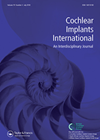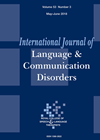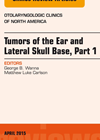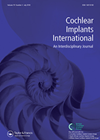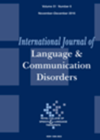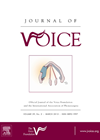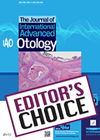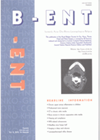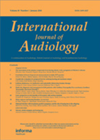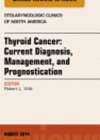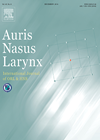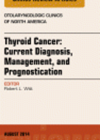
Journal Reviews
Do modern multiple microphones with beamforming facility really help implantees?
In this study the authors aimed to assess the benefit beamforming multiple microphones provide to implantees. Speech reception thresholds were assessed in different situations; fixed masking noise from eight loudspeakers around the subject at 0°, ±45°, ±90°, ±135° and 180°...
Swahili speech development in pre-school children
This study describes the speech development of 24 typically developing first language Swahili speaking children between the ages of three and five years 11 months in Dar es Salaam, Tanzania and was motivated by the 2013 position paper drafted by...
When ears go bad
Whilst rare, squamous cell carcinoma is the commonest primary malignancy of the temporal bone and is discussed in this review article. This tumour frequently presents with otalgia, ottorhoea and hearing loss; less commonly, with facial palsy or parotid mass. Investigations...
Cochlear implantation in immunosuppressed patients. Is it feasible?
The effectiveness of cochlear implantation has led to a relaxation of the candidate criteria. Patients who had been rejected in the past may now be accepted and their outcomes are encouraging. However, the acceptance of immunosuppressed patients as cochlear implant...
Relationship between ART and language development
Assisted Reproduction Technology (ART) and especially more invasive techniques of ART may be associated with an increase in neurodevelopmental problems including language delay. Some studies have reported slightly worse perinatal outcomes of IVF babies compared to naturally conceived babies. The...
Gardasil vaccination – an effective adjuvant therapy for RRP?
The clinical manifestations of recurrent respiratory papillomatosis (RRP) can vary hugely from individual to individual. Whilst some affected children will outgrow the disease, a subset of patients will experience frequent recurrences and require multiple surgical procedures over the course of...
The effect of sleep deprivation on auditory processing
This article caught my eye for personal and professional reasons. As a full time ENT trainee working 24-hour on-calls, I also have young children who have never slept through the night and don’t respect weekends or days off. My FRCS...
Cochlear implantation in Ménière’s disease
This was a Belgian retrospective study of seven patients with Ménière’s disease who underwent cochlear implantation. All patients had bilateral severe to profound hearing loss and all met AAO-HNS criteria for Ménière’s disease. Follow-up for patients ranged from six months...
Promotion of trust with adult hearing impairment in hearing healthcare
The goal of this study was to assess how trust is promoted among adult hearing impaired patients seeking hearing healthcare. Previous interview transcript data collected from 29 adults across hearing health care centres in four countries was re-analysed thematically in...
A higher aspiration for fine needles
Fine needle aspiration biopsy (FNAB) has aided in the diagnosis and management of thyroid nodules for decades. Now a rapid evolution is hoped to benefit an increasing cohort of patients with small nodules and non-diagnostic investigations. This review discusses the...
What’s the risk of regrowth with partial (intracapsular) tonsillectomy
Partial (intracapsular) tonsillectomy is enjoying somewhat of a revival offering the potential for less postoperative pain and bleeding whilst relieving the obstructive element. The authors look at 303 patients, 82 of whom had partial tonsillectomy using coblation. They measured pre...
Thyroid nodule update
This excellent article summarises the current diagnostic difficulties with an endocrine gland that frequently produces nodules, some of which may harbour malignancy. At 50 years of age and over there is about a 50% chance of having a nodule; at...

